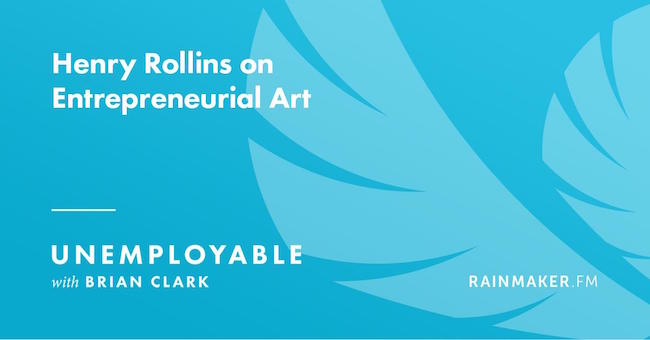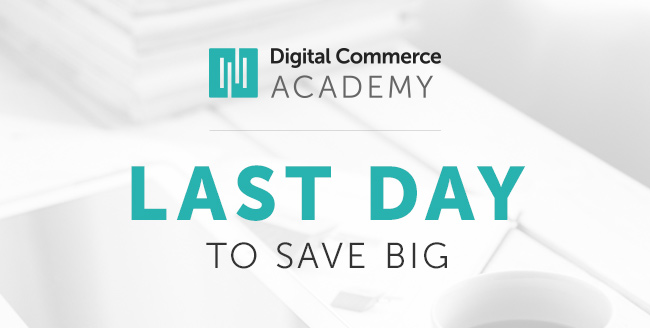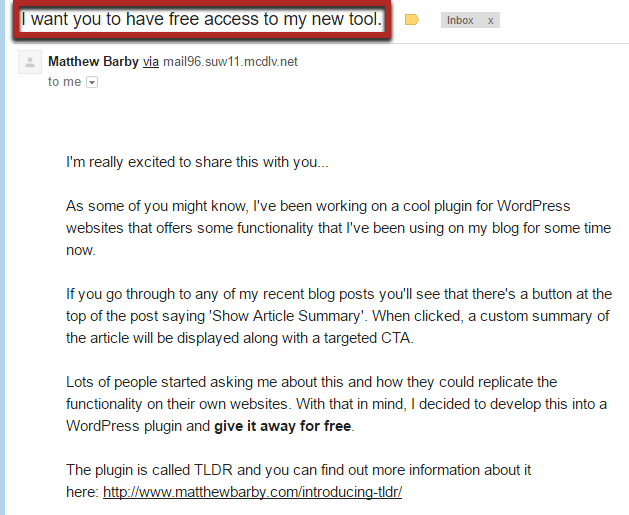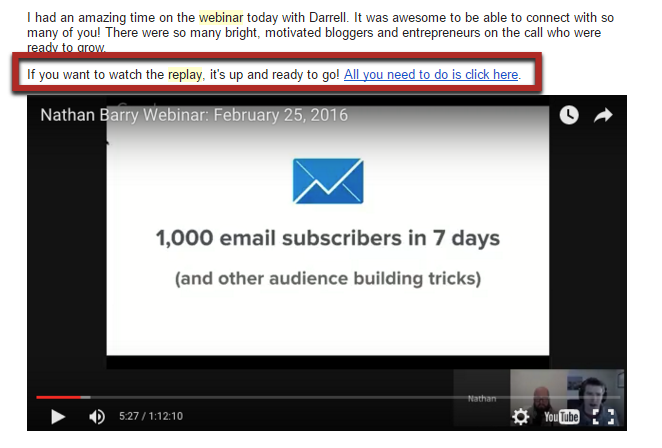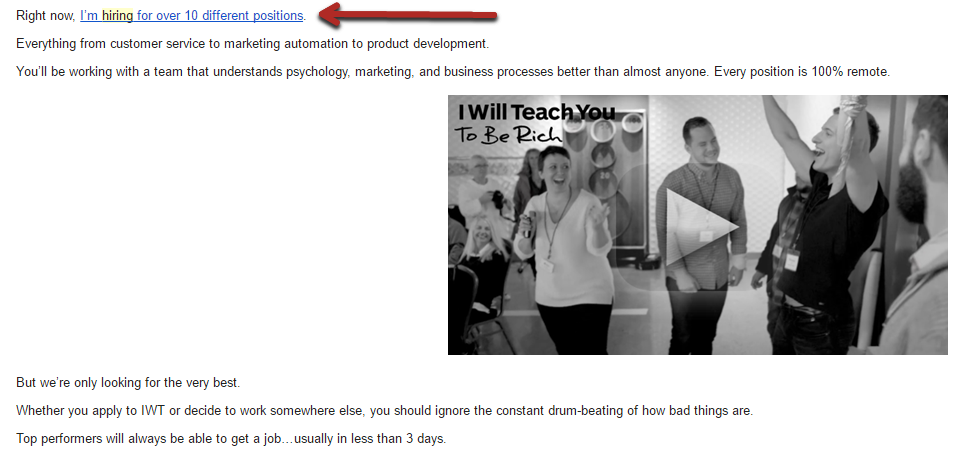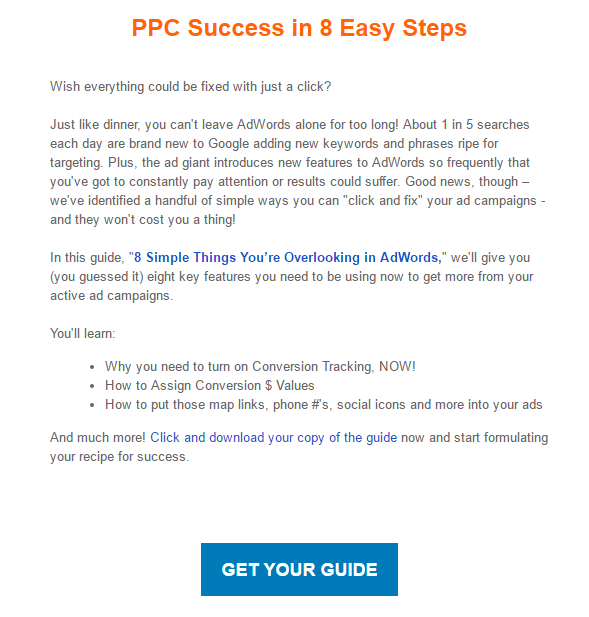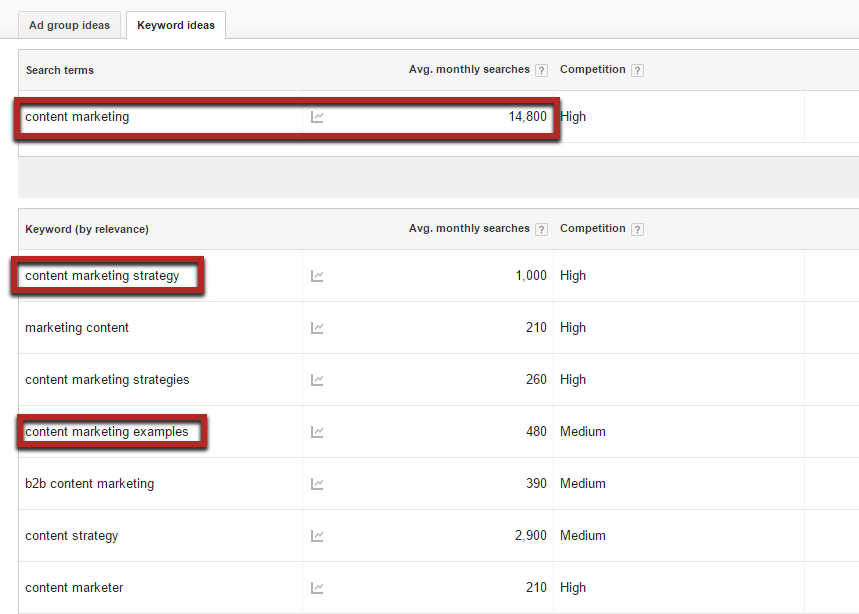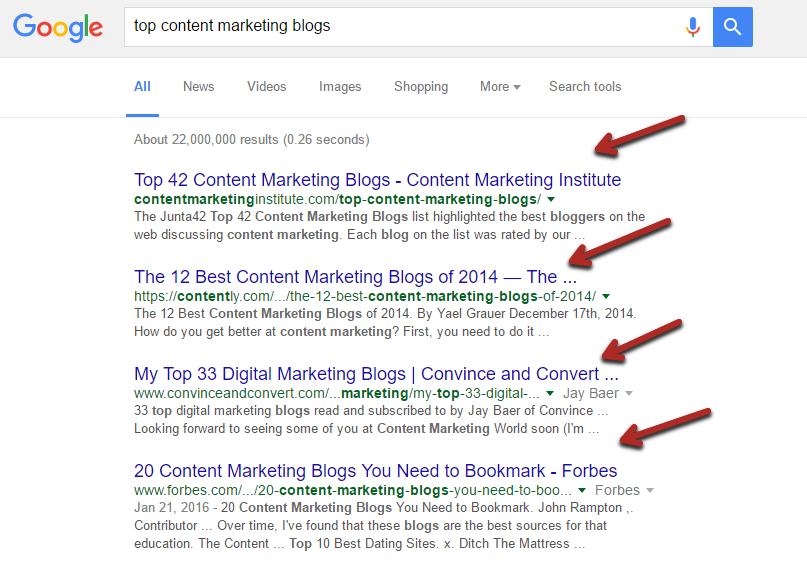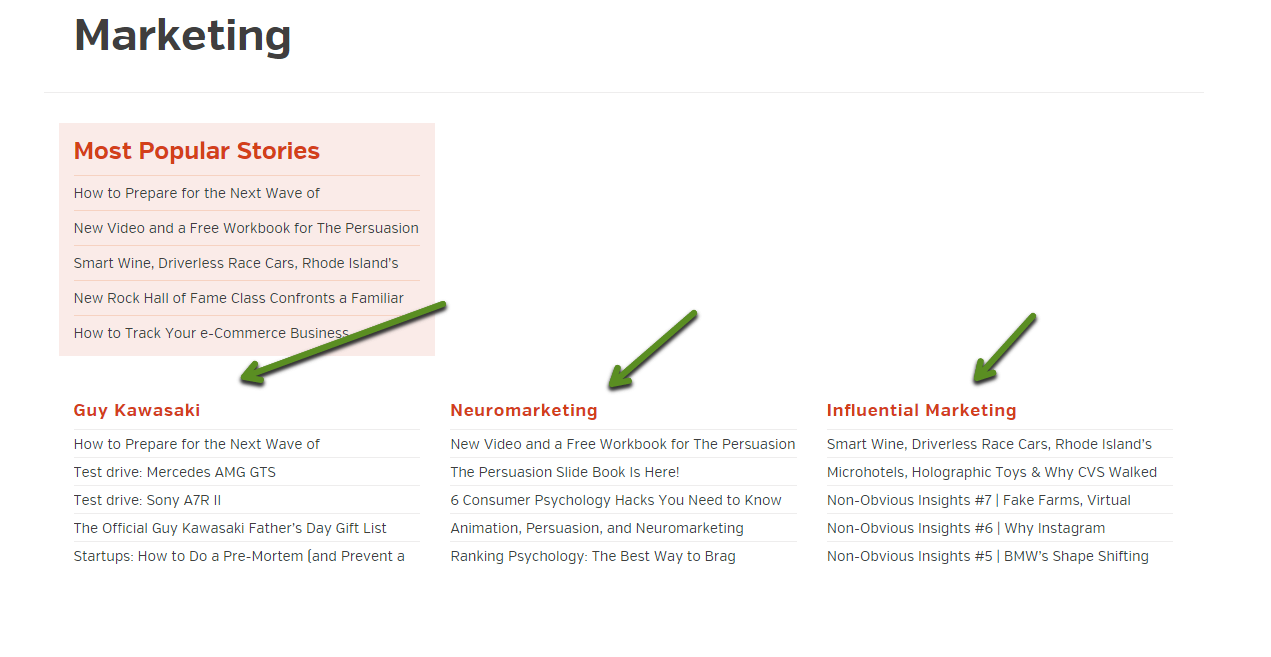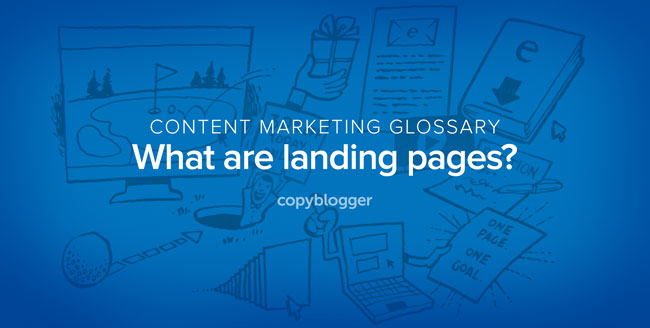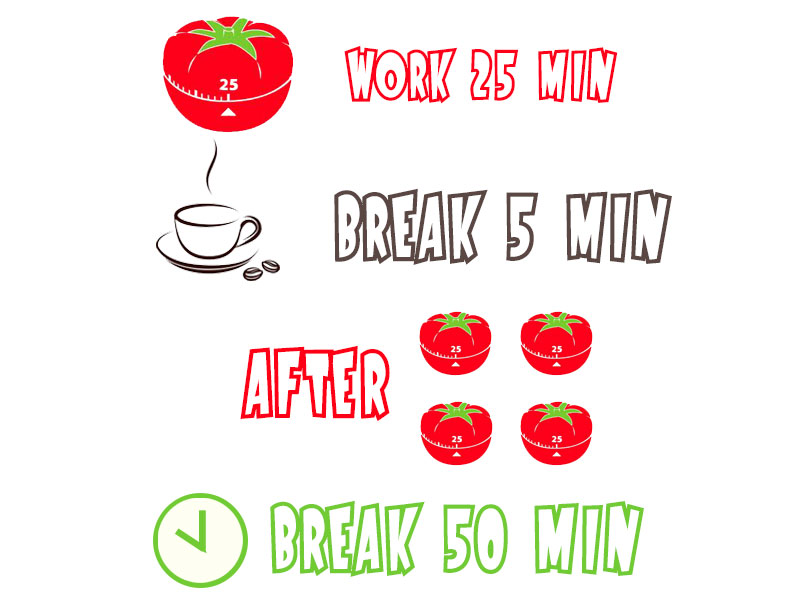
I have a love/hate relationship with a soap company.
About five years ago, I stumbled across their products online. They boasted rare and unique scents and naturally-sourced ingredients. They were irresistible (to me, anyway). And their prices seemed reasonable.
So, I placed an order. And that's when my troubles began.
I had to share my email address to complete my transaction. You know, to “receive an order confirmation.”
Within days, I found myself receiving marketing email after marketing email. Coupons. Special sales. New soaps. New scents. Free shipping.
I imagined their marketing department high-fiving one other and saying, “We've got one on the line. Quick! Reel her in!”
And you know what? The products I received were exceptional. They smelled amazing (I'm a sucker for a unique scent). So, I stuck it out for a while. But not forever.
Because I knew how wrong my experience was. I knew there was a better way to market your business. A kinder, gentler way - one that doesn't alienate the very people you want to nurture.
Time went on.
I sent dozens of their catalogs to the landfill - a new one came in the mail every few weeks.
Finally, I gave up. After placing a few orders, I contacted the company and asked them to please - for the Love of All that Is Holy - stop sending me catalogs. I clicked the unsubscribe link in one of their many emails and used the form on their site to let them know why I was unsubscribing.
Then, I stopped hearing from them.
Here we go again: relearning a lesson
A lot has happened in the meantime. Life went on, and I forgot about this company's overzealous marketing efforts.
A few weeks ago, when my husband asked me what I'd like for Mother's Day, I said, “How about a gift certificate to (The Soap Company in Question)?” And my husband - smart man that he is - got me the gift certificate.
And guess what? It started all over again. Within just a couple of weeks, I have received three catalogs.
I take full responsibility for the situation. I got myself back on their radar and now I'm paying the price. I do still love their products, but I wish they understood modern marketing techniques as well as they clearly understand the soap business.
It's obvious to me that they don't read Copyblogger. Because if they did, they'd know the four basic truths of modern content marketing.
Let's review them.
Truth #1: Content pulls; it doesn't push
Rather than blanket prospects in catalogs and crowd their inboxes with sales emails, modern content marketing offers valuable, helpful, and even entertaining information.
The information is so helpful that prospects purposely sign up to receive it. And they stick around when the content they receive is consistently useful.
Read these posts to learn more about creating content that pulls (and doesn't push):
- How to Attract, Nurture, and Grow the Business-Building Audience You Want
- 5 Remarkable Qualities of Effective Online Content
- 5 Ways to Get More of the Online Attention You Crave
Truth #2: Content offers; it doesn't demand
Solid, effective content marketing doesn't stomp its foot and demand in a whiny voice that you pay attention to it.
Instead, it confidently offers a hand - the exact information you need, right when you need it.
One way modern content marketers do this is by using marketing automation.
If my soap company had sent me a little brochure about how to save money on laundry day (and a coupon for their laundry soap), I would have held on to that piece of content. I might have posted it next to my washing machine! It wouldn't have gone to a landfill like all those product catalogs.
Read these posts to learn more about making offers (not demands):
- Landing Pages: Turn Traffic Into Money
- How to Be a Copywriting Genius: The Brilliantly Sneaky Trick You Must Learn
- 6 Proven Ways to Boost the Conversion Rates of Your Call-to-Action Buttons
By the way, our Rainmaker Platform makes marketing automation a snap. 
Truth #3: Content entertains; it doesn't annoy
One of the foundational truths about content marketing is that it must serve your audience if you want it to be effective (more on this below).
And one way to do this is to meet your audience - wherever they are - with content that is so compelling they want to consume it.
At Rainmaker Digital, we do just that with our podcast network, Rainmaker FM.
Podcasting isn't a requirement, but it's a great fit for those who are comfortable with audio - who are more comfortable talking than writing.
Read these posts to learn more about creating entertaining (not annoying) content:
- The Art of Being Interesting
- 22 Ways to Create Compelling Content When You Don't Have a Clue [Infographic]
- 58 Ways to Create Persuasive Content Your Audience Will Love
Truth #4: Content is about the consumer, not the producer
Please repeat after me:
“I will resist the urge to constantly write about me, my offers, my company's history, our goals, our mission statement, or our new products. Instead, I'm going to focus on writing about topics that serve my prospects and customers.”
It's tough for traditional marketers to wrap their brains around this one. But your customers' #1 concern isn't you … it's them.
That's why, for example, if the soap company had sent me information about alternate ways to use their soaps (Perfume your pajama drawer! Hang one in your closet! Use it to repel mosquitos!), I would have stayed subscribed.
And an occasional offer woven into the helpful content wouldn't have fazed me one bit.
A highly effective technique for serving your prospects' and customers' ongoing needs is creating a series of cornerstone content pages on your website.
Cornerstone pages serve up foundational information that your prospects and customers need to understand your field of expertise.
Read these posts to learn more about creating cornerstone content pages that serve your audience:
- A Practical Approach to Using Powerful Cornerstone Content on Your Site
- Your Cornerstone Content Blueprint: Answers to 9 Common Questions
- 11 Essential Ingredients Every Cornerstone Content Page Needs [Infographic]
True confession
Here's the painful truth: I spent the first part of my career creating exactly the kind of marketing materials my soap company is annoying me with now. Direct mail postcards. Sales catalogs. Promotional brochures.
But now I know there's a better way. A kinder, gentler way to market your business, serve your prospects and customers, and create marketing that is valued, not sent straight to a landfill.
That's the kind of marketing we teach inside our Authority program. To learn more about it, click the button below.
inside Authority
The post How to Implement Kinder, Gentler Marketing: 4 All-Natural Truths appeared first on Copyblogger.

